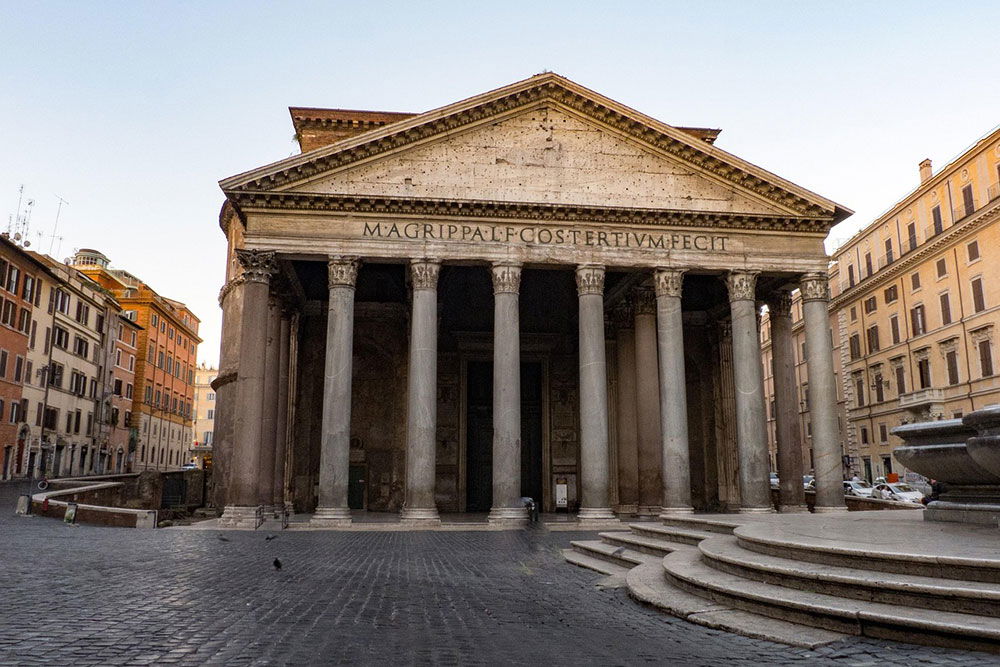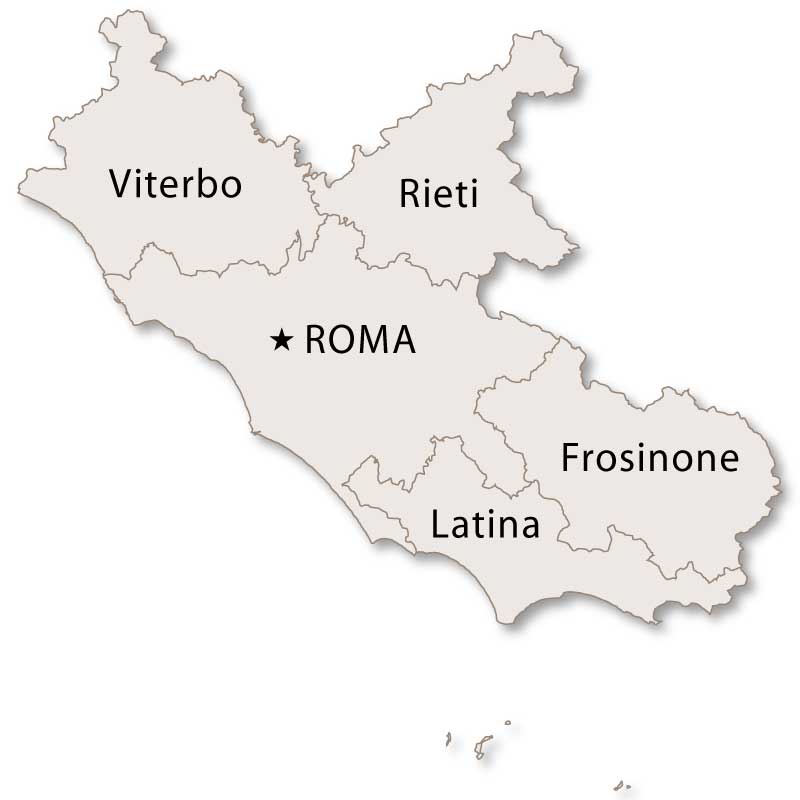
Among Rome’s countless architectural treasures, the Pantheon stands out as a masterpiece of engineering, beauty, and mystery. With its soaring dome, colossal granite columns, and nearly 2,000 years of uninterrupted use, the Pantheon captures the grandeur of Ancient Rome like no other monument. Whether you are an architecture enthusiast, a history buff, or a casual traveler, understanding the Pantheon’s story enriches any journey to the Eternal City.
The original Pantheon was commissioned by Marcus Agrippa in 27–25 BC during the reign of Augustus. His name is still inscribed on the facade: , "M·AGRIPPA·L·F·COS·TERTIUM·FECIT", meaning "Marcus Agrippa, son of Lucius, made [this building] when consul for the third time." However, Agrippa’s structure was destroyed by fire, and the Pantheon as we know it today was rebuilt by Emperor Hadrian around 118–125 AD.
Hadrian, known for his architectural passion, maintained Agrippa’s original dedication while creating a completely new design. This fusion of old homage and new ambition is just the first of many layers of the Pantheon’s unique story.
The Pantheon’s most astounding feature is undoubtedly its dome, still the largest unreinforced concrete dome in the world. Measuring 43.3 meters (142 feet) in diameter, it matches its height from the floor to the oculus, creating a perfect sphere. This architectural feat was far ahead of its time, with the Romans ingeniously reducing the weight of the dome by using lighter materials toward the top, including volcanic pumice.
The oculus (Latin for "eye") is a 9-meter-wide (30 feet) circular opening at the dome’s apex. It allows natural light, and rain, to enter. The light shifts throughout the day, acting almost like a sundial inside the building. Rainwater drains away through subtly sloped floors and a network of invisible holes, showcasing Roman mastery in both design and functionality.
The Pantheon’s exact original purpose remains somewhat mysterious. Although its name suggests a temple "for all gods," no definitive list of the deities it honored has survived. Some historians believe the Pantheon was more a celebration of the Roman Empire’s divine authority and cosmic order than a traditional temple.
Another secret lies in its perfect proportions, reflecting the Romans' deep understanding of geometry and harmony. Many believe the Pantheon was designed to symbolize the heavens, with the oculus representing the sun and the building serving as a microcosm of the celestial world.
In 609 AD, the Pantheon was consecrated as the Christian Church of St. Mary and the Martyrs (known today simply as "Santa Maria ad Martyres") by Pope Boniface IV. This conversion helped preserve the structure through the Middle Ages when many other Roman monuments fell into ruin or were quarried for materials.
Today, the Pantheon remains an active church, hosting regular Mass and important events. Its Christian identity intertwines with its Roman heritage, creating a fascinating blend of continuity and adaptation over two millennia.
The Pantheon also serves as a burial place for several notable figures. Among the most famous are the great Renaissance artist Raphael and Italian kings Victor Emmanuel II and Umberto I. Raphael, deeply revered even during his lifetime, reportedly requested to be buried in the Pantheon, and a simple yet moving epitaph marks his tomb: , "Here lies Raphael, by whom Nature herself feared to be outdone while he lived, and when he died, feared she would die with him."
Visiting the Pantheon is one of Rome’s most unforgettable experiences, and until recently, it was free. As of 2023, a modest entrance fee is charged to help maintain the monument, though entrance remains free for residents of Rome and some other groups.
The Pantheon is centrally located in the Piazza della Rotonda, surrounded by charming cafes and the picturesque Fontana del Pantheon. Visitors should try to experience it both during the day, to admire the movement of sunlight through the oculus, and at night, when the illuminated columns create an ethereal spectacle.
Combine your Pantheon visit with a stroll to nearby highlights such as Piazza Navona, the Trevi Fountain, and the Spanish Steps, all within walking distance.
The Pantheon embodies the timeless brilliance of Roman civilization. Its perfect harmony of form and function, its seamless blend of religion and empire, and its ability to inspire awe across centuries make it much more than just an ancient building. It is a living testament to the ingenuity and ambition of humanity itself.
Whether you are standing beneath its immense dome or gazing up through its celestial oculus, the Pantheon reminds us of a time when architecture was a way to touch the divine, and it continues to spark wonder to this very day.

More Details



